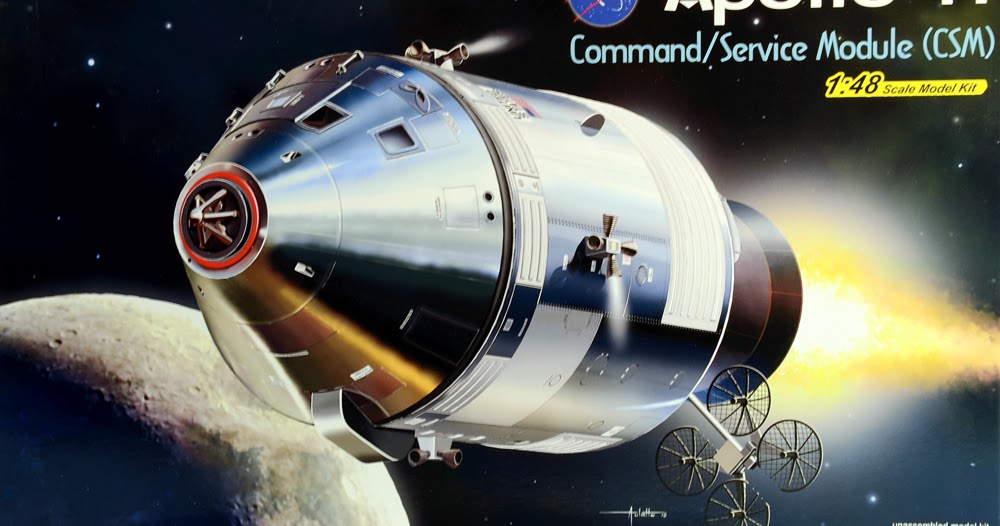

Sometimes it looked like bits were coming out of it, too. Not much, but definitely bigger than before. Another few hours, and one of the satellites - maybe it was the one that appeared before? - started to get bigger. Maybe it joined the other satellites, but there was no way of telling as they all looked the same from down there. Eventually it moved so far outwards it disappeared over the horizon. It seeped slowly outwards, seeming to speed up a bit. Over the following few hours* the star moved some more. Maybe this new star was another one of them? That silver, statuesque quadraped squatting over there started out as a star, just like the one that had just appeared up there. Of course, this wasn't the first time this had happened. Or perhaps it came from the eye? It moved differently to the other, smaller satellites that had passed overhead before (they looked like stars and they moved too, but on a straight path from one side of the "sky" to the other). Very close to the blue eye unblinkingly watching the surface, a star appeared. not here) so changes are clear to anyone paying attention. The star field is like a painting (the stars twinkle in some places. Only about a day* had gone since these objects got here when something else changed. Plenty of time and space for foil and plastic to sigh, to settle.

The intervening time has been deeply peaceful and still alternating extremes of cold and heat with only the most gentle restraints. The other things that were here have gone. Here, over four hundred days* (if you're counting) have passed since these items silently arrived. MAY THE SPIRIT OF PEACE IN WHICH WE CAME BE REFLECTED IN THE LIVES OF ALL MANKIND HERE MAN COMPLETED HIS FIRST EXPLORATION OF THE MOON

Nearby sits a flat, polished object engraved with large glyphs: Nondescript objects surround, filling the vacuum with stretched shadows and radiation, as they handshake with parent devices hundreds of thousands of miles away. A platform rests in the dust supported by saucers on the end of four diagonal legs. Parts of a construction resolve themselves. Some uniformity in the centre surrounded by seeming disarray and disturbed ground.Ī tiny, wispy spider shape sits desolate in the western end of the depression, surrounded by small trinkets that still look like scattered diamonds from here. It looks like a huge light bulb has been shattered or something. Some bright lines surrounded by small shards of reflection. Something stands out, something too regular to be natural. The sides of the Sea rise up many hundreds of metres in a wall, letting out at the south-westerly end into Mare Tranquilitatis.Īt the south-westerly end of the Sea, just to the north-east of the outlet, there is relatively small depression, shaped like a wide letter 'U'. In common with the whole locality, it enjoys almost perfect serenity: no sounds ever permeate, the landscape is almost never interfered with (indeed, it has remained unchanged for many years) and life would be quite comfortable, save for the lack of any sustenance - respiratory or otherwise - and the occupational hazard of being crushed by rocks falling out of the airless sky. Craters surround it and the main 'ice rink' is peppered by dings of impacts by small objects. Mare Serenitatis is a large, elliptical, relatively flat area of barren rock. For some reason almost totally fameless as the first wheeled vehicle on the Moon that accolade is often incorrectly bestowed on the Rover that Apollo 15 took to the Moon. The name of two eight-wheeled robots sent to the Moon by the Soviet Union in November 1970 and January 1973 to perform scientific studies as part of the Luna ( Russian for "Moon") program.


 0 kommentar(er)
0 kommentar(er)
